Optimal Timing for Asphalt Patchings
Proper timing for asphalt patchings ensures optimal adhesion, durability, and longevity of repairs. The ideal period depends on climate conditions, temperature ranges, and moisture levels, which influence asphalt’s ability to set and cure effectively.
Spring offers moderate temperatures and increased daylight, making it suitable for asphalt patching. Avoid early spring when temperatures fluctuate significantly.
Summer provides warm, stable weather ideal for asphalt work. High temperatures help the asphalt cure properly, but avoid extreme heat which can cause softening.
Fall is suitable when temperatures are consistently mild. Cooler weather can extend curing times, so scheduling early in the season is recommended.
Winter is generally not ideal due to low temperatures and moisture. Asphalt may not set properly, leading to poor adhesion and durability.
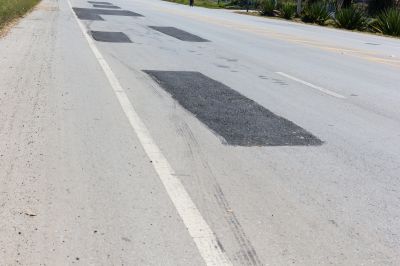
Ways to make Asphalt Patchings work in tight or awkward layouts.

Popular materials for Asphalt Patchings and why they hold up over time.

Simple add-ons that improve Asphalt Patchings without blowing the budget.
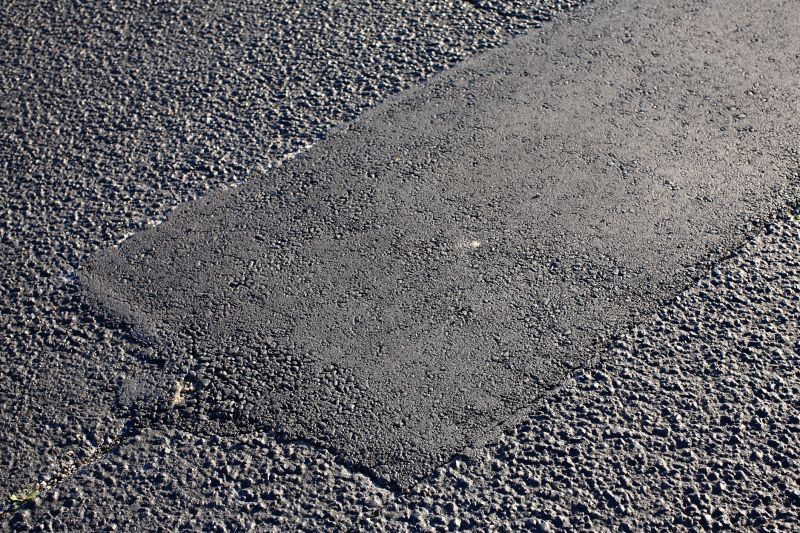
High-end options that actually feel worth it for Asphalt Patchings.

Finishes and colors that play nicely with Asphalt Patchings.

Little measurements that prevent headaches on Asphalt Patchings day.
Asphalt patchings are essential for maintaining the integrity of paved surfaces by filling cracks, potholes, and surface imperfections. Proper timing and preparation can significantly extend the lifespan of repairs. Asphalt is a versatile material, commonly used for repairing roads, parking lots, and driveways, with a high success rate when applied under suitable conditions.
Statistics indicate that timely asphalt patching can reduce long-term repair costs by preventing further deterioration. The process involves cleaning the damaged area, applying a suitable binder, and compacting the patch for a seamless finish. Temperature plays a crucial role; generally, asphalt should be applied when ambient temperatures are between 50°F and 85°F for optimal results.
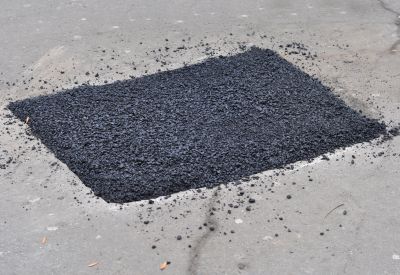
A 60-second routine that keeps Asphalt Patchings looking new.
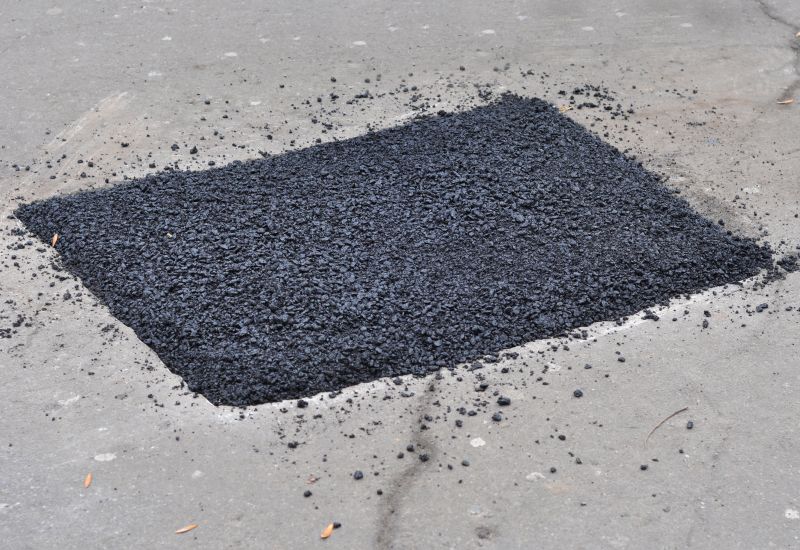
A frequent mistake in Asphalt Patchings and how to dodge it.
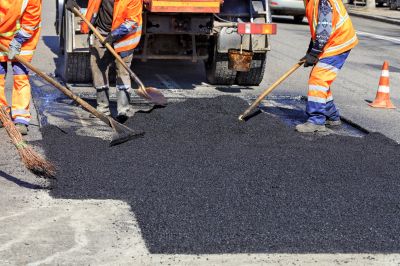
Small tweaks to make Asphalt Patchings safer and easier to use.
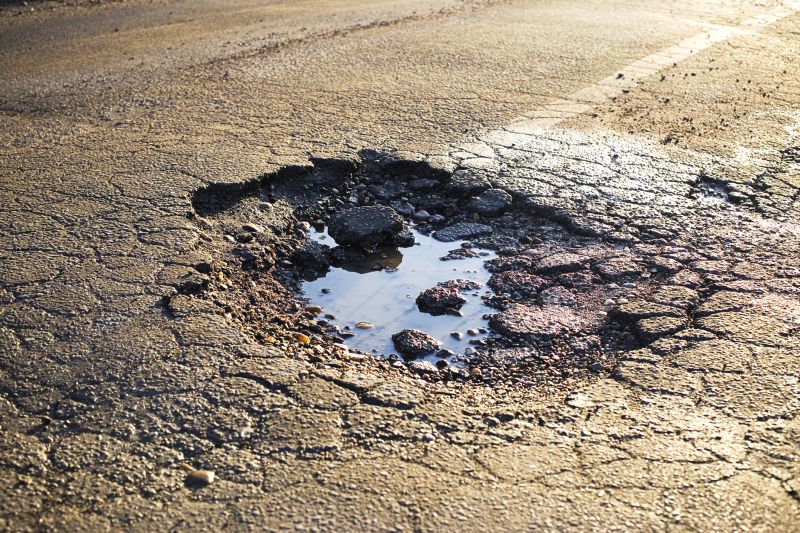
Lower-waste or water-saving choices for Asphalt Patchings.
| Season | Ideal Temperature Range |
|---|---|
| Spring | 50°F to 70°F |
| Summer | 70°F to 85°F |
| Fall | 50°F to 70°F |
| Winter | Below 50°F |
| Late Spring | Optimal for patching |
| Early Fall | Suitable for repairs |
| Mid-Summer | Possible with precautions |
| Late Fall | Less recommended |
Scheduling asphalt patchings during appropriate weather conditions ensures better adhesion and longer-lasting repairs. It is recommended to avoid patching during rainy, freezing, or extremely hot periods, as these conditions can compromise the quality of the work.
Interested parties are encouraged to contact for more information on scheduling asphalt patchings at the optimal time for specific project needs.



